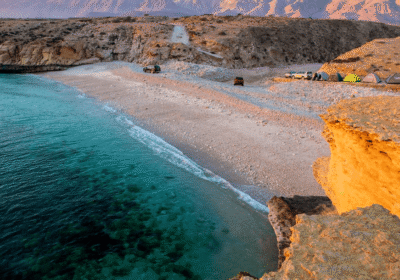Unearthing Oman’s Ancient Secrets: A Journey Through Time and Terrain

Exploring Oman’s Lost Cities and Ancient Sites.
Oman is a land of remarkable history and hidden wonders. From desert ruins to coastal gateways, travelers can uncover ancient civilizations while enjoying modern comforts:
Ubar (Wabar) – Legends of the Lost City
Often called the “Atlantis of the Sands,” Ubar remains shrouded in mystery in the Empty Quarter:
Historic trade hub linked to the frankincense route
Archaeological remnants hinting at an advanced ancient settlement
Vast desert landscapes offering a dramatic backdrop for exploration
Accessible via guided desert tours for a safe and immersive experience
Bat, Al-Khutm, and Al-Ayn – Bronze Age Echoes
These UNESCO World Heritage sites reveal Oman’s early human civilizations:
Circular tombs and necropolises dating back thousands of years
Insights into early architecture and community planning
Rich archaeological finds highlighting Bronze Age culture
Opportunities for guided visits to understand ancient rituals and history
Sumhuram (Khor Rori) – Oman’s Maritime Gateway
Once a thriving port on the southern coast, Sumhuram played a key role in trade and seafaring:
Ruins of fortifications and ancient settlements overlooking the sea
Evidence of frankincense trade connecting Oman with the ancient world
Scenic coastal views complementing historical exploration
Ideal for combining history with photography and coastal walks
Bahla Fort and Oasis – A Fortress Preserved by Time
Bahla Fort stands as a testament to Oman’s medieval ingenuity and defensive strategy:
Massive walls and towers reflecting traditional Omani architecture
Surrounding oasis offering a glimpse into sustainable life in arid regions
UNESCO-listed site showcasing the country’s cultural resilience
Visiting tips: Guided tours recommended to appreciate history and design
Travel Tips for Exploring Ancient Oman
Hire a knowledgeable guide for historical context and storytelling
Wear comfortable clothing and sturdy shoes for archaeological sites
Plan visits during cooler hours for desert or outdoor locations
Respect local customs and heritage preservation rules
Have more questions? Contact us.



